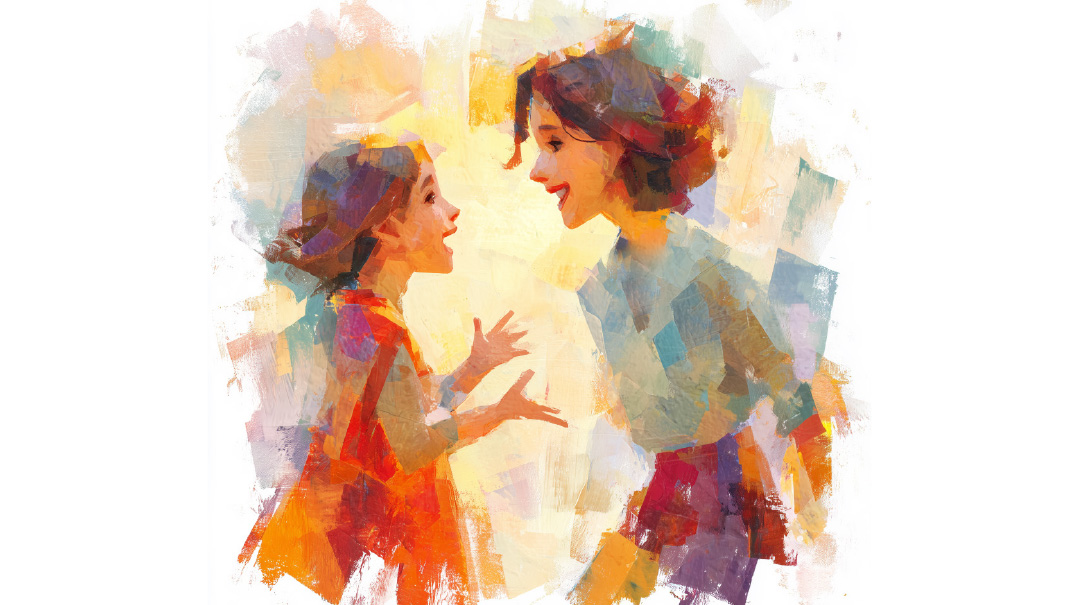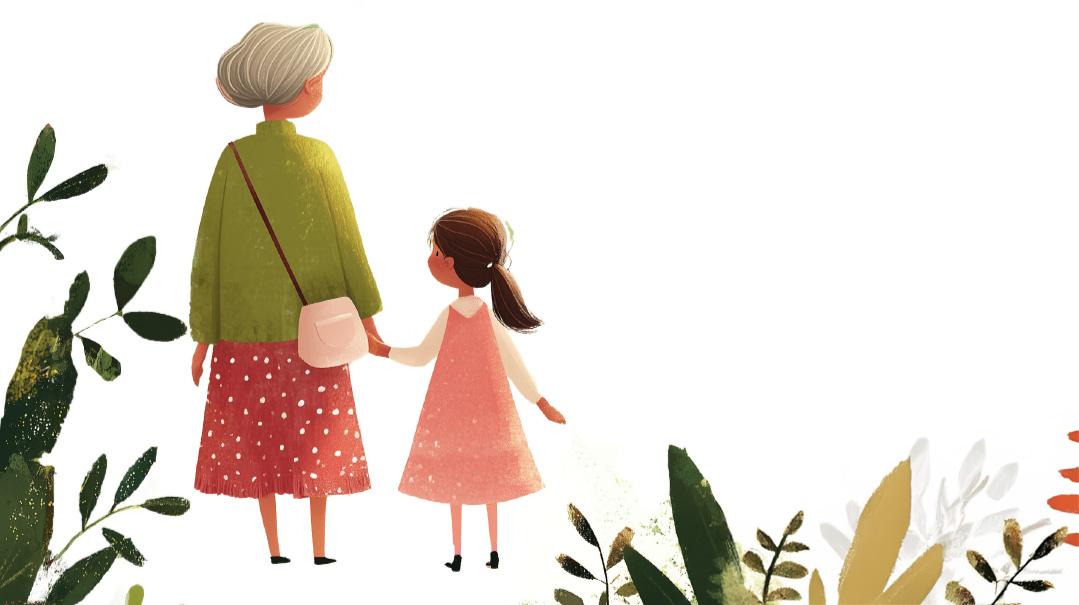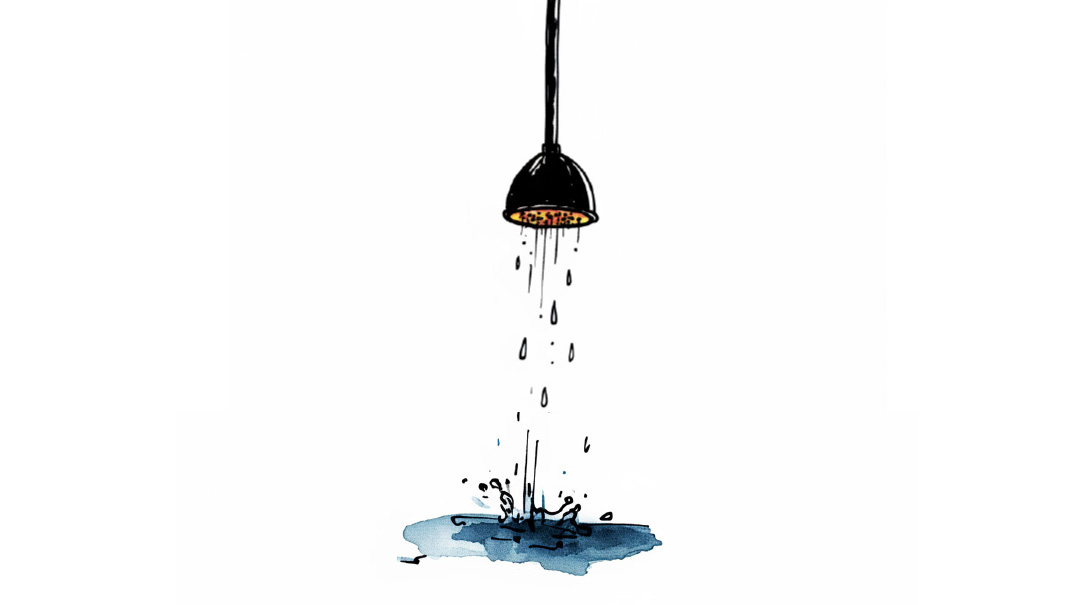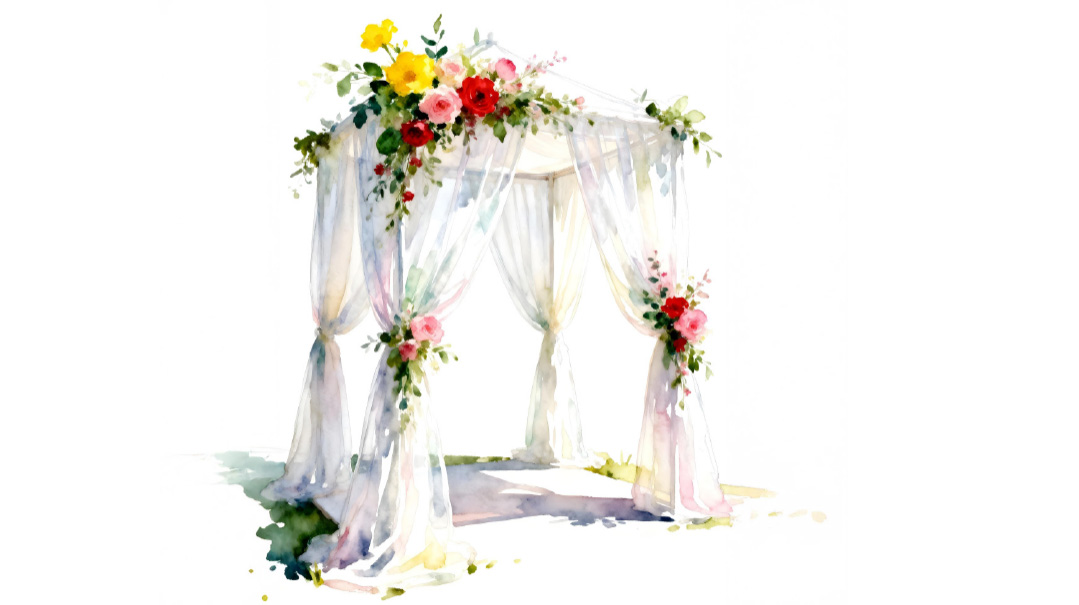When I Knit
| February 14, 2023I raised you — and now you decide there are things more important than family
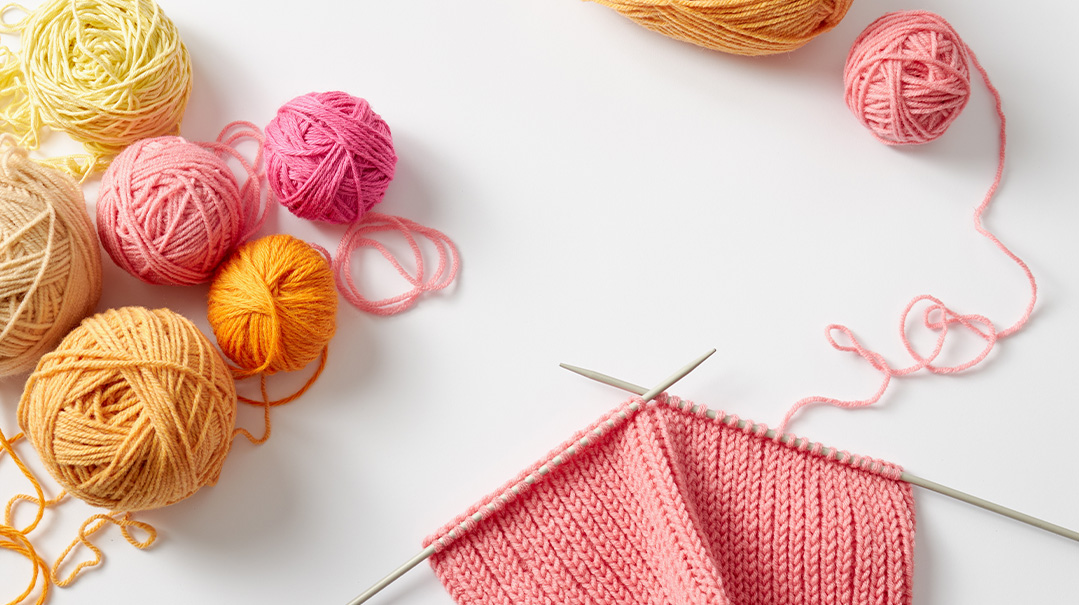
When I knit — which I have been learning to do over the past several years — sometimes the yarn gets twisted. I sit and untangle it knot by knot. I can do that when I have patience. Often, after about half an hour, my husband will see me and say, “Want some help with that?”
There is something deeply satisfying in the untwisting and untangling of yarn. To untwist, you slowly follow the strands through the mess; turning, under one loop, back through another. It doesn’t matter how the yarn got twisted, although I do have a tendency to blame myself for not putting it away properly. Sometimes, when it’s a real mess, I need to put it down and walk away for a few minutes or even a few days. Then, after much effort, and several feelings of hopelessness, it is a coherent ball of yarn once again filled with potential.
As a 48-year-old woman, the storm of my hormones courses through my veins throwing me off balance from the inside. Unwanted emotions visit unexpectedly. I use so much energy to push myself forward, hold myself back and keep myself afloat amidst the turbulence of myself and the people around me. My home, baruch Hashem, is filled with teenagers. They want space. Except when they don’t. They are embarrassed by me, except when they are not. They love me, except when they hate me.
Neuroscientist Dr. Dan Siegel claims that my kids are in the midst of a Brainstorm and “if parents and teens can work together to form a deeper understanding of the brain science behind all the tumult, they will be able to turn conflict into connection and form a deeper understanding of one another.” I try to hang on even when I feel like I can’t.
That’s how, as a mature adult, I started to knit. One cold winter day, trapped in the house with a sick child and a teen who wouldn’t go to school, practically numb from holding myself back from screaming, I signed up for an online class and began learning to knit. It is incredibly soothing. There is one ball of yarn and two needles. You control the size, the tension, the color, the texture, and the pattern. The action itself is simple. Once you get the hang of it, all it takes is patience to create beauty and warmth.
I have learned to knit, purl, rib, and knit in the round. I understand a language I did not know. I can make hats and scarves.
Three years later, my knitting muse, the teen who would not go to school, is on a solid path. There are three teenagers behind him. My children and I have questions without real answers. “Who am I?” “Where am I going?” “Why don’t you understand me?” “Why don’t you let me do what my friends do?” “Don’t you know I am a grownup?”
I see that these questions work themselves out over time. As I gain skill and perspective, the house is full of new problems. Ones we never imagined. What does the future hold for any of us? I often feel stuck.
Sometimes, we are twisted and knotted. It doesn’t matter how we got that way, although I do have a tendency to blame myself for doing it all wrong, for not raising them properly. To untwist us, I need to learn to consciously follow the strands through the mess. Not too much pressure, don’t pull on the wrong knot or you make it tighter. Look for signs, ask daas Torah. Sometimes, exhausted, I turn to my husband: “I really need help with this.”
The yarn holds my prayers, my hopes and my tears. Sometimes it gets twisted. But then I unravel it and offer one child mittens, another a multicolored scarf. We don’t need words; they are wrapped in my love. And my kids: There is something deeply satisfying in raising teenagers. After much effort, after teetering on the brink of despair, they surprise you and believe in their own potential.
(Originally featured in Family First, Issue 831)
Oops! We could not locate your form.

